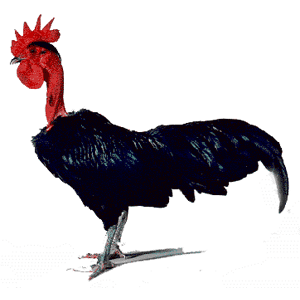
Breed Club Secretary
Rare Poultry Society
Richard Billson
Alexandra Cottage, 8 St Thomas’s Road, Great Glen, Leicestershire,
LE8 OEG
UK
History
The origin of Hungarian and Transylvanian chicken breeds is not known exactly. Winkler (1921) and Bakoss (1931) presume that ancestors of these birds were brought into the Carpathian basin from Asia by the Hungarian conquerors at the end of the ninth century.
This ‘ancient Hungarian’ chicken later must have mixed with other breeds (mostly Oriental and Mediterranean types), which formed the different Hungarian chicken breeds as they are known today.
During the centuries of their formation these breeds have been well adapted to the special climatic conditions and farming systems of the country, which made them very precious in this part of Europe.
Until the beginning of commercial chicken breeding in Hungary these breeds of chickens of different colours (white and partridge in the Great Hungarian Plain, yellow and speckled in Transdanubia, mostly white, black and speckled naked neck breeds in Transylvania) were bred.
They were preferred here not only for their relatively good egg production but mostly for their excellent meat quality coming from the foraging of these birds, scratching for food regardless of hot or cold weather.
They became strong, resistant to diseases and the costs of keeping them were very low.
reprinted from a Hungarian Article on Native Breeds
Purpose
Dual
Classification
Heavy / Rare
Origin
Europe
Egg Color
Light Brown
Egg Numbers
180 per annum
